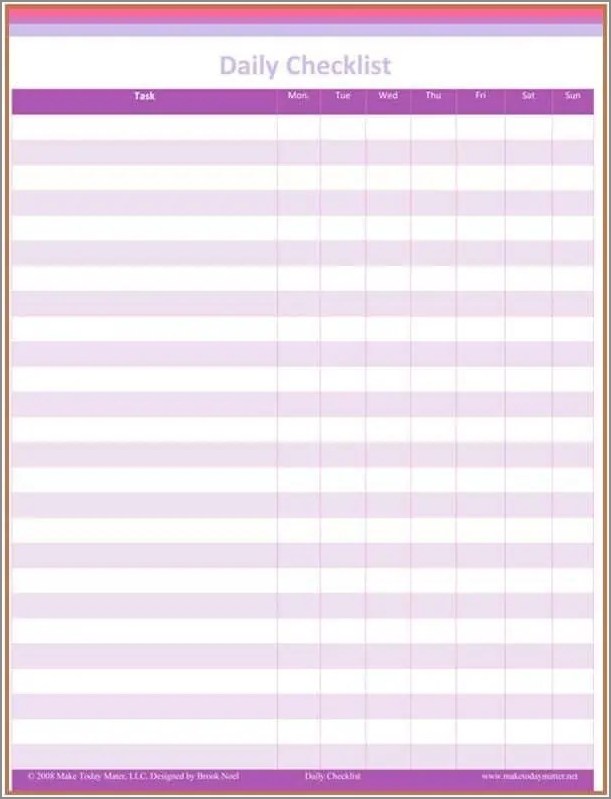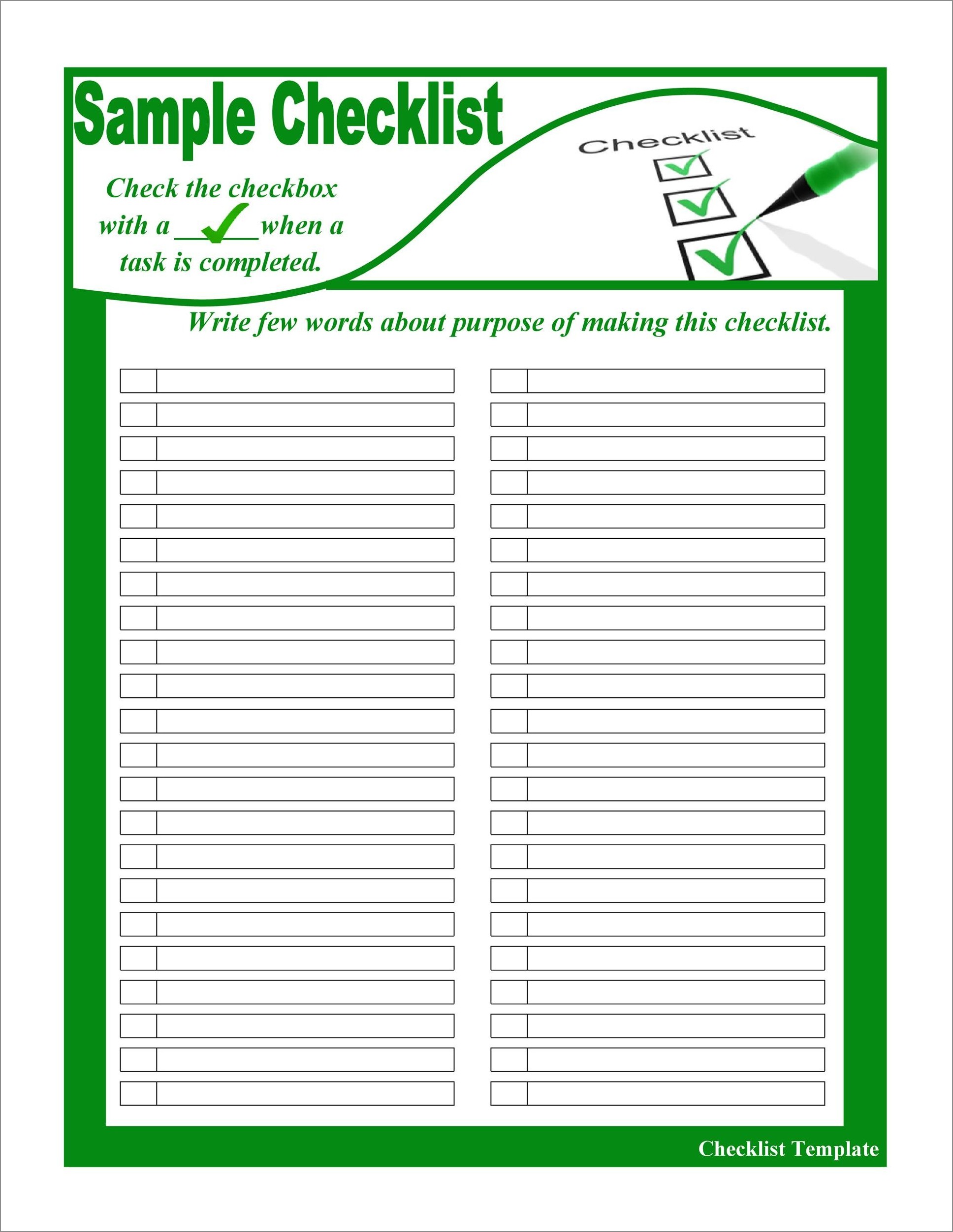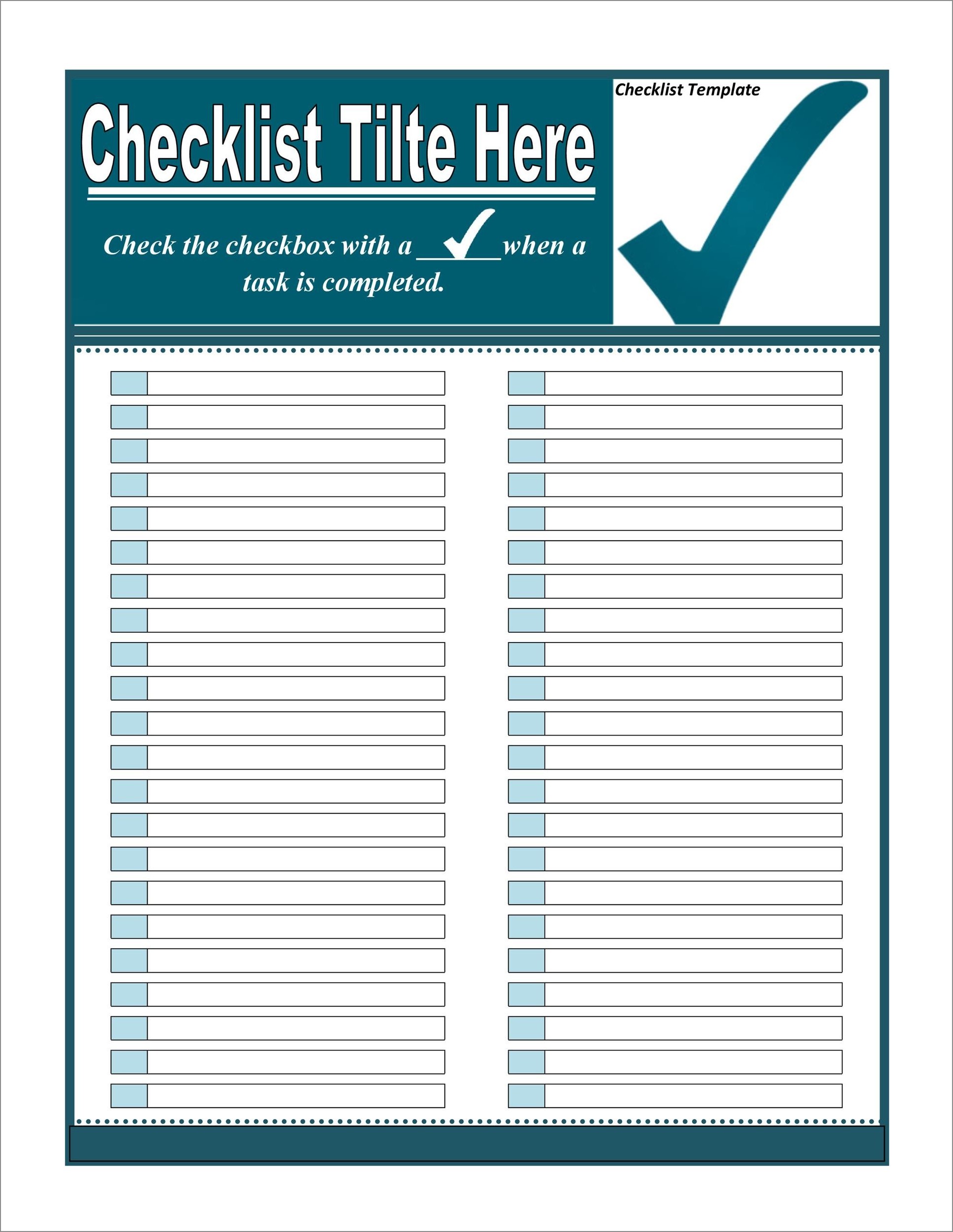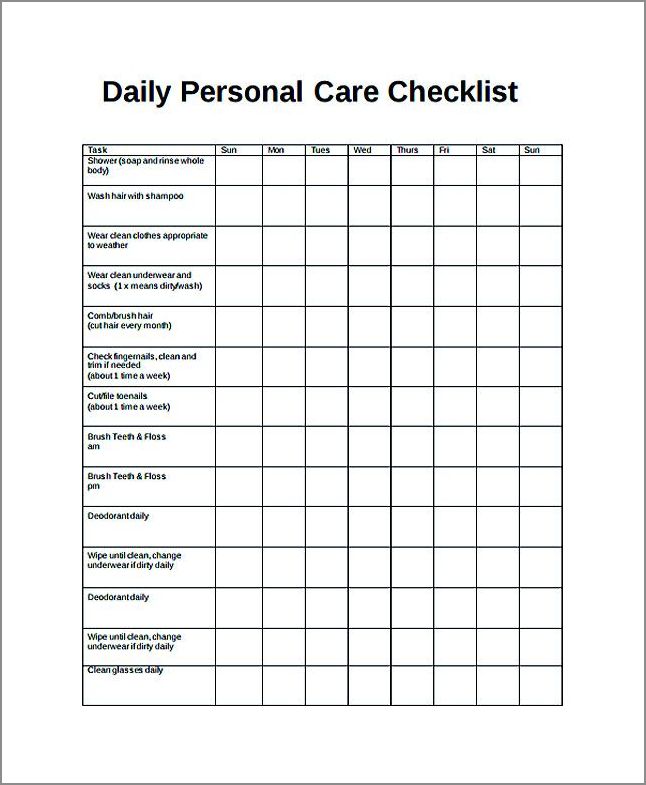Do you often find yourself overwhelmed by the number of tasks you need to accomplish in a day? Are you constantly forgetting important deadlines or appointments? If so, it’s time to create a daily checklist that will help you stay organized and productive. A daily checklist is a simple tool that can have a significant impact on your daily life.
In this article, we will explore the benefits of using a daily checklist, how to create one, and provide you with some useful examples to get you started.
Why Use a Daily Checklist?
Using a daily checklist can bring numerous benefits to your life. Here are just a few reasons why incorporating a daily checklist into your routine is essential:
- Increased productivity: A daily checklist helps you prioritize tasks and ensures that nothing falls through the cracks. By having a clear roadmap of what needs to be done, you can focus on completing tasks efficiently.
- Reduced stress: With a daily checklist, you’ll have a better sense of control over your day. Knowing exactly what needs to be done eliminates the need to constantly worry about forgetting something important.
- Better time management: By breaking down your day into manageable tasks, a daily checklist helps you allocate your time effectively. It prevents you from getting overwhelmed and allows you to make the most of your available time.
- Improved organization: A daily checklist keeps all your tasks and responsibilities in one place. It helps you stay organized and ensures that you don’t miss any important deadlines or appointments.
How to Create an Effective Daily Checklist
Creating an effective daily checklist is easy if you follow these simple steps:
1. Determine Your Priorities
Start by identifying the most important tasks that need to be accomplished in a day. These are the tasks that have the highest impact on your goals or require immediate attention. Write them down at the top of your checklist.
2. Break Down Tasks
Break down larger tasks into smaller, more manageable subtasks. This will make your checklist more actionable and help you stay motivated as you can check off items throughout the day.
3. Set Realistic Timeframes
Assign a realistic timeframe for each task. This will prevent you from overloading your day and help you allocate your time effectively. Be mindful of your energy levels and take breaks when needed.
4. Use Visual Cues
Make your daily checklist visually appealing by using color-coding or symbols. This can help you quickly identify the type of task or the level of priority. For example, you could use a red marker for urgent tasks and a green marker for non-essential tasks.
5. Review and Update Regularly
Take a few minutes at the end of each day to review your checklist and check off completed tasks. This will give you a sense of accomplishment and help you plan for the next day. Additionally, update your checklist regularly to reflect any changes in priorities or deadlines.
Sample Daily Checklist




Here’s an example of what a daily checklist could look like:
1. Morning Routine: Make the bed, brush your teeth, and meditate for 10 minutes.
2. Work Tasks: Check emails, complete project A, and attend team meetings.
3. Personal Tasks: Schedule doctor’s appointments, pay bills and walk the dog.
4. Fitness Goals: Go for a 30-minute run, and do 20 minutes of strength training.
5. Self-Care: Read for 30 minutes, practice gratitude journaling.
Remember, your daily checklist should be tailored to your specific needs and goals. Feel free to customize it based on what works best for you.
Conclusion
A daily checklist is a powerful tool that can help you stay organized, productive, and in control of your day. By breaking down tasks, setting priorities, and allocating your time effectively, you’ll be able to accomplish more and reduce stress. Experiment with different formats and find the one that works best for you. Remember, consistency is key. Stick to your daily checklist, and you’ll soon experience the positive impact it can have on your life.
Daily Checklist Template Excel – Download
